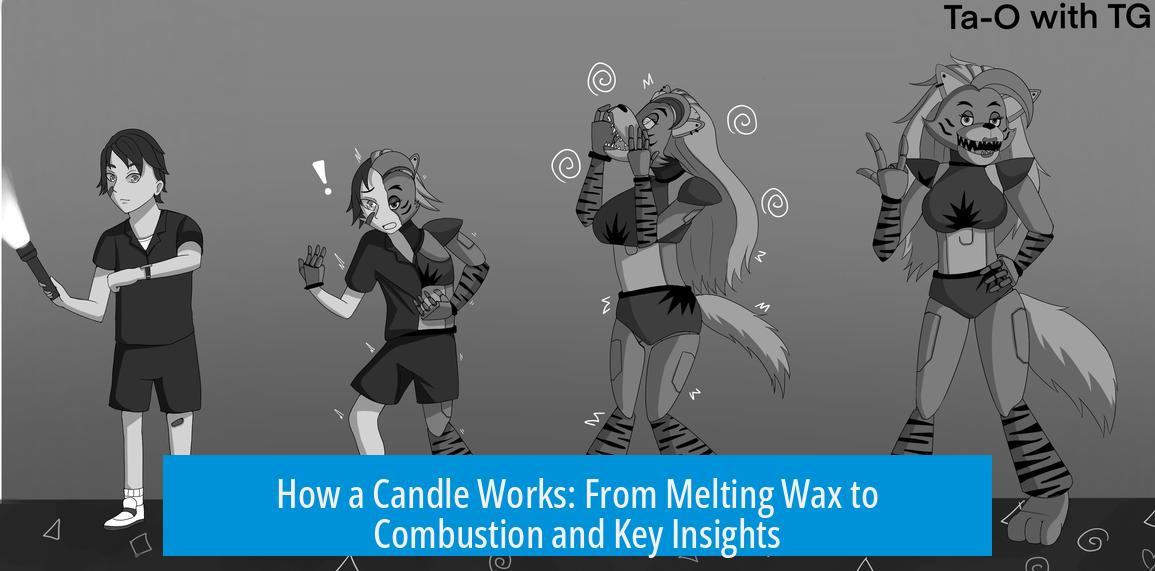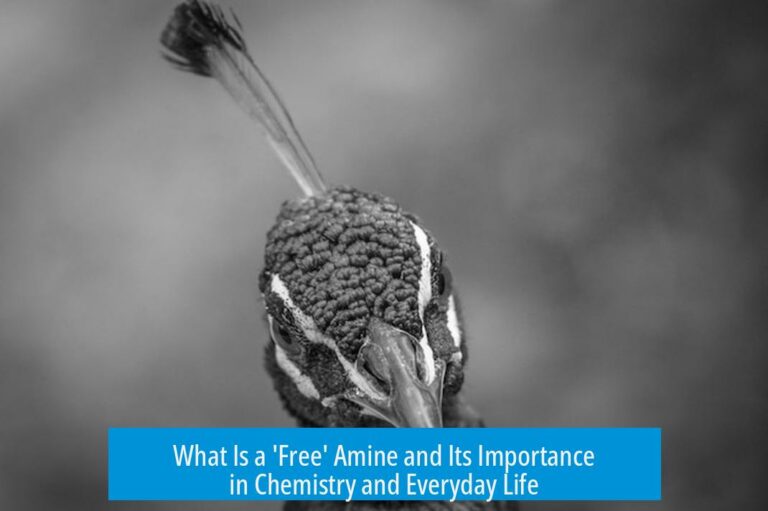How TF Does a Candle Work?
A candle burns by melting wax into a liquid fuel that travels up the wick to sustain a flame, where combustion occurs at the wick’s tip, turning wax vapor into heat, light, carbon dioxide, and water vapor. This process is a cycle of melting, wicking, and combustion, driven by heat and governed by physical and chemical principles.
Melting and Fuel Supply
Radiation and convection heat the candle’s wick, melting the solid wax near it into a combustible liquid. This liquid wax moves up the wick material by capillary action.
- The wick absorbs melted wax like a sponge.
- Heat at the wick evaporates the wax to form wax vapor.
- Burning at the wick tip creates a pressure difference, pulling more liquid wax upward.
This process continuously supplies fuel to the flame. The wick functions like a fuel delivery system rather than the fuel itself.
Combustion Process
Combustion happens only at the wick’s tip where the flame is visible. Here, wax vapor mixes with oxygen and ignites.
The flame’s temperature varies. The hottest zones appear white or blue, while cooler parts glow yellow or red. Yellow flame arises from tiny glowing carbon particles called polycyclic aromatic hydrocarbons (PAHs).
Higher flame temperature speeds wax consumption, meaning the candle burns down faster.
Products of Combustion and Smoke Formation
The flame transforms wax vapors into mainly carbon dioxide (CO2) and water vapor (H2O), both invisible gases. Heat causes these gases to rise through natural convection, clearing the flame area.
Smoke appears when combustion is incomplete, often due to excess carbon or PAHs formed. This can occur if the wick’s charred end is not trimmed. Smoke is a mixture of unburned wax, partially combusted hydrocarbons, and wick residue.
Physics of Wax Wicking and Burning Rate
The burning rate depends largely on flame heat. As the flame burns wick vaporized wax, it causes pressure differences that draw melted wax upward. This cycle controls steady fuel delivery and continuous burning.
Additional Considerations
While the wick burns slightly, in basic chemistry explanations the wick is often ignored to simplify combustion understanding. However, the wick material does contribute to flame and smoke production.
Key Takeaways
- Candle wax is liquefied and drawn up the wick by capillary action.
- Combustion occurs only at the wick’s flame tip where wax vapor ignites.
- Flame color varies with temperature and carbon particle presence.
- Smoke results from incomplete combustion and improper wick maintenance.
- Flame heat drives wax melting and controls burn rate.
Understanding candle burning blends physical and chemical processes in a simple yet elegant system. This knowledge is well documented in Michael Faraday’s Chemical History of a Candle and modern scientific videos like those by Engineer Guy.





Leave a Comment